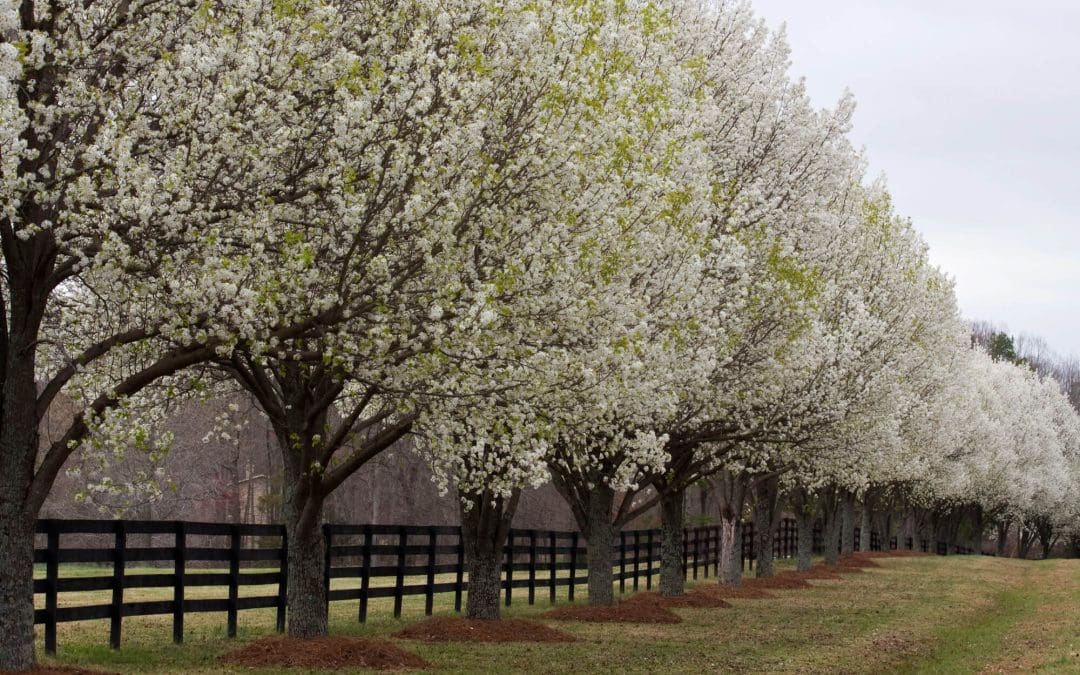Some plants look harmless in a pot at the garden center. Fast-growing. Hardy. Low maintenance. But once they hit the ground, they spread like wildfire and become a nightmare to control. These are invasive plants—and they don’t stay in their lane. They overtake flower beds, climb trees, choke out native plants, and can even damage structures or attract pests. If you’re planning your landscaping, knowing what not to plant is just as important as what you do plant.
What Makes a Plant Invasive?
Invasive plants grow aggressively and spread beyond where you planted them. Some creep underground through roots or rhizomes. Others shoot seeds across your yard—or get carried off by birds and wind. They outcompete local species, disrupt wildlife, and turn into long-term maintenance problems.
They’re not native, and in many cases, they were introduced on purpose—because they looked good or were marketed as low-effort. But once established, they’re hard to remove and even harder to contain.
Common Invasive Plants That Cause Problems
English Ivy is one of the worst offenders. It’s often used as ground cover but doesn’t stay on the ground. It climbs trees, fences, and houses. It weakens structures, suffocates trees, and attracts moisture, leading to rot. Once it gets a foothold, it’s a full-time job to remove.
Running Bamboo spreads fast underground. You can plant it in one corner of your yard and find new shoots coming up on the other side a few months later. Even barriers don’t always hold it. Removal usually involves digging up massive sections of your yard and cutting it repeatedly.
Japanese Honeysuckle smells sweet and grows fast. It winds around trees and shrubs, blocks sunlight, and eventually kills whatever it wraps around. It spreads aggressively and doesn’t let up.
Wisteria, especially the Chinese and Japanese varieties, creates beautiful blooms but quickly becomes a problem. The vines are strong enough to crush fences, strangle trees, and damage your home. American wisteria is safer, but it’s not usually what stores carry.
Pampas Grass might look nice in landscaping photos, but it’s invasive in many regions and spreads by wind-blown seeds. It also dries out and becomes a fire risk. And those plumes? Full of razor-sharp edges.
Other problem plants include Chinese privet, burning bush (Euonymus alatus), and Bradford pear. They crowd out native species and create more work than they’re worth.
Why It Matters
Invasive plants don’t stay in your yard. Birds, animals, and the wind carry seeds into neighboring yards, green spaces, and forests. Once they get into the wild, they’re even harder to control. They displace native plants that feed local birds and pollinators, weaken the soil, and increase the risk of erosion.
Even if your landscaping looks good today, these plants can create long-term damage that takes years to undo.
Better Choices for a Healthy Landscape
You don’t have to give up color, texture, or variety to avoid invasive plants. Plenty of native and non-invasive plants offer the same look without the risk.
Native plants are adapted to your local conditions, need less water, and support pollinators and wildlife. Once established, they also tend to be lower maintenance. Ask for native options at the nursery or check with your local extension office or native plant society.
There are also non-native species that aren’t invasive and stay put. Just check before you buy—especially if something is labeled “fast-spreading” or “great ground cover.” That’s usually a red flag.
Dealing With Invasive Plants You Already Have
If you’ve already planted something invasive or inherited it from a previous homeowner, act early. Cut it back, pull it out, and dispose of it properly. Don’t compost it—many invasive plants can regrow from seeds, roots, or even small clippings.
In tough cases like bamboo or ivy, you may need to dig deep, apply targeted treatments, or bring in professional help. The longer you wait, the more work it takes.
FAQs
How can I tell if a plant is invasive in my area?
Look up your state’s invasive species list or check with your local extension office. What’s invasive in one region might be safe in another.
Why do stores still sell invasive plants?
Because they’re popular and profitable. Regulations vary by state, so it’s legal to sell many invasive plants even if they cause damage. It’s up to homeowners to choose responsibly.
Are all types of bamboo invasive?
No. Clumping bamboo is much easier to manage and doesn’t spread aggressively like running bamboo. Still, you need to monitor it closely.
Is there a safe kind of wisteria to plant?
Yes, American wisteria is a better option. It’s less aggressive and native to the southeastern U.S. Most big-box stores carry the invasive types, so check the label before you buy.
Can I compost invasive plant cuttings?
No. Many invasive plants will regrow from seeds, stems, or roots in compost piles. Bag them and dispose of them with yard waste or trash, depending on your local guidelines.
Attic to Foundation Home Inspections provides home inspections to the greater Atlanta area. Contact us to request our services.

